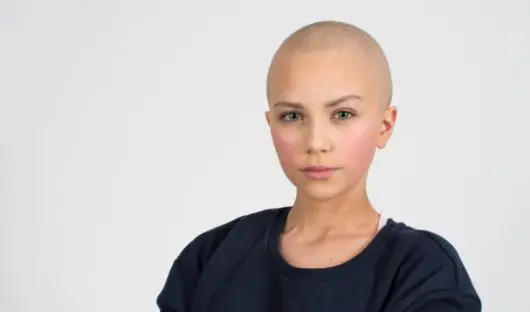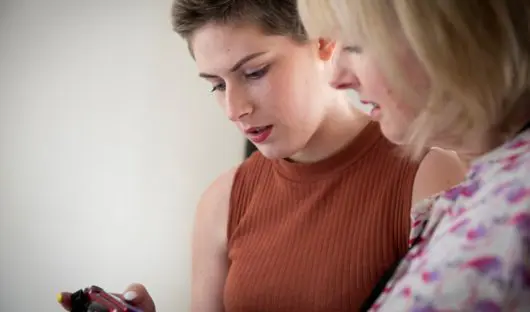Melanoma
Melanoma is cancer that develops in cells in the skin called melanocytes. These produce melanin, which gives your skin its colour. Melanoma can start either start in a mole (a dark patch on your skin) or in normal looking skin.
Types of melanoma
There are different types of melanoma, but the most common are:
- Superficial spreading melanoma, which mostly occurs on the arms, legs, chest and back. It’s the most common type of melanoma and is more common in people with pale skin and freckles
- Nodular melanoma, which is most commonly occurs on the chest, back, head or neck
- Lentigo maligna melanoma, which is often found on the face and neck
- Acral lentiginous melanoma, which usually found on the palms of the hands, soles of the feet or under fingernails or toenails. It’s more common in people with black or brown skin.
If you or your child has been diagnosed with a different type of melanoma, talk to your specialist for more information about that particular cancer and its treatment.
What are the symptoms?
The first sign of melanoma is often a change in the size or appearance of an existing mole, or a new mole appearing.
How is it diagnosed?
Melanoma is usually diagnosed after an examination of your skin to check for anything unusual. If your doctor thinks you need testing, you will normally be sent to a hospital where a specialist will examine your mole and skin. They may remove your mole for testing (excision biopsy).
You may have further tests if your specialist thinks your cancer – in the form of a tumour, or lump – might have spread.
The specialist will be able to work out the stage of cancer from these tests. The stage is the size of the tumour and whether it has spread to other parts of your body.
How is it treated?
Surgery is normally the main treatment for melanoma. Your exact treatment will depend on the stage and type of your tumour though, so it’s best to talk to your specialist for further information.
You’ll normally have had the mole removed when going through diagnosis, and you may have a second operation to remove more skin from around the same area to make sure no cancerous cells have been left behind (wide local excision).
If your tumour has spread to nearby lymph nodes (part of the body’s immune system which helps to protect you from unwanted bacteria) you might have an operation to remove them, known as a lymph node dissection.
If your tumour has spread further, you may be offered immunotherapy, which uses medication to help your immune system recognise and kill cancer cells.
What happens after treatment?
You will still need to go along to an outpatient clinic regularly so your specialist can check on your progress and make sure your cancer hasn’t come back.
Your doctor or nurse will look at your skin and check your lymph nodes to see if there are any signs of the melanoma coming back or if there are any new cases of melanoma.
Many people don’t have long-term health problems following treatment, but some do. Talk to your specialist about the potential long-term side effects of your treatment.
You might also like...
How bad will treatment make me feel?
Everyone reacts differently to treatment. Here are ways to combat any side effects.
Find out more
Where will I have my treatment and do I get a say?
If your place of treatment hasn't been decided, it’s important you ask about your options.
Find out more
Help your child cope with side effects of cancer treatment
Every child copes differently with treatment and side effects. Here's what to expect.
Coping with side effects
More information and support
Get a Young Lives vs Cancer grant
It’s not right that young people and parents have to worry about money when they need to focus on treatment and all that comes with it. So Young Lives vs Cancer gives various grants, right from the moment of diagnosis, to help young people and families cope financially.
Find out more about getting a grantMacmillan Cancer Support
Find out more about melanoma, including diagnosis and treatment, from Macmillan Cancer Support.
Visit Macmillan's websiteChat to other young people on Facebook
Join in the conversation on Team Young Lives Facebook group. Share your advice, read about other experiences and get more involved in our work.
Join the Team Young Lives Facebook groupJoin our Facebook group for parents
Share your stories and experiences with other parents. Get advice or share tips to help others, and become part of a supportive community.
Join the parents and carers Facebook group